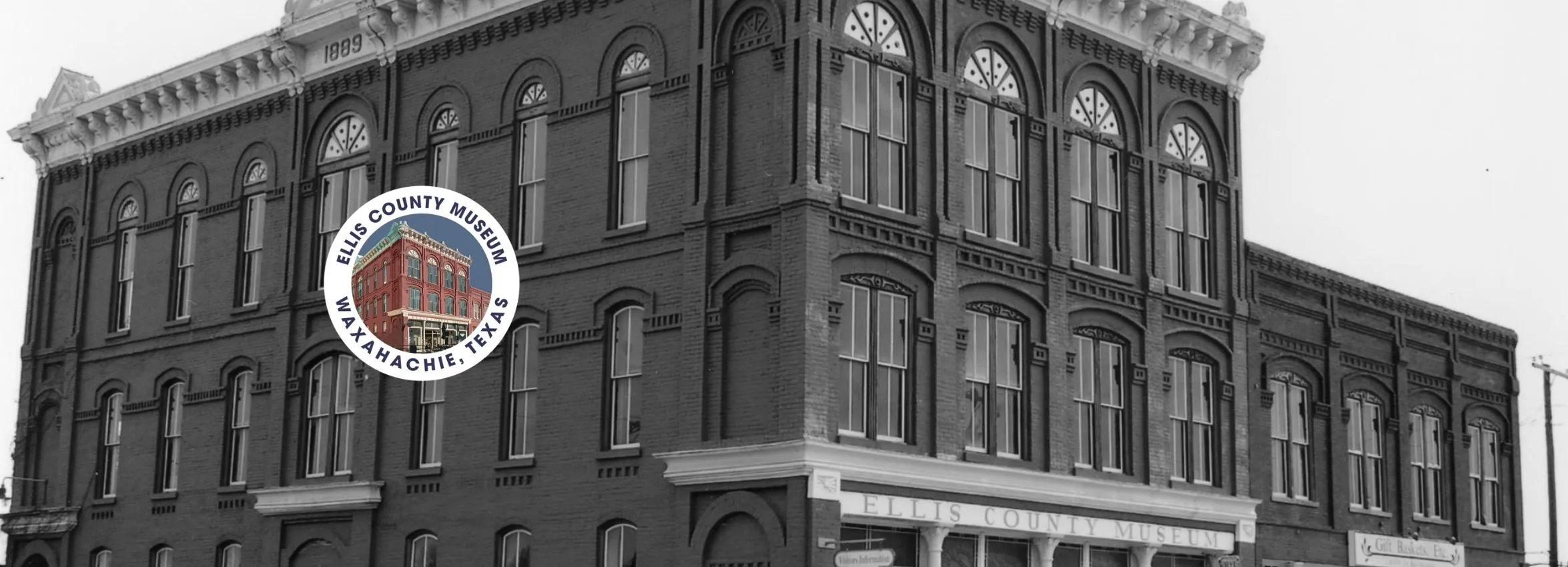Unfolding the Chronicles of Waxahachie, Texas: A Historical Journey
Waxahachie’s story is a fascinating glimpse into the past, offering insights into the forces that have shaped this unique Texas city.
The Founding Days: Establishment and Early Growth
Founded in 1850 as the county seat of Ellis County, Waxahachie quickly grew from a modest trading post into a bustling agricultural and commercial center. The fertile lands surrounding the city made it a prime location for cotton farming, setting the stage for a thriving economy.
Cotton Capital of the South
By the late 19th century, Waxahachie had earned the title of the “Cotton Capital of the South.” The booming cotton industry attracted a wave of settlers, leading to rapid population growth and economic prosperity. The city’s historic downtown area, with its ornate courthouses and Victorian-style homes, stands as a testament to this era of wealth and expansion.
Railroads and Economic Expansion
The arrival of the railroads in the 1870s marked a significant turning point in Waxahachie’s history. This development not only facilitated the transport of cotton and other goods but also made Waxahachie a hub of social and economic activity in North Texas.
Architectural Heritage: The Gingerbread City
Waxahachie is renowned for its “Gingerbread Homes,” a collection of Victorian and Queen Anne-style houses characterized by their elaborate woodwork and decorative trim. These architectural gems, built during the height of the city’s prosperity, have been meticulously preserved, offering a glimpse into the city’s affluent past.
The Impact of World Wars
The World Wars brought significant changes to Waxahachie, as many of its residents served bravely in the armed forces. The wars also led to economic shifts, as the city adapted to meet the demands of a changing world. Post-war Waxahachie saw a diversification of its economy, with industries beyond agriculture beginning to take root.
Civil Rights and Social Change
The mid-20th century was a period of social change in Waxahachie, as it was across the United States. The city played its part in the civil rights movement, working towards integration and equality for all its citizens. These efforts have contributed to the inclusive community spirit that defines Waxahachie today.
Preservation and Revitalization
In recent decades, Waxahachie has focused on preserving its rich historical heritage while embracing modernity. Initiatives to revitalize the downtown area and restore historic buildings have ensured that the city’s history is not just remembered but also lived.
Cultural Festivals and Community Spirit
Waxahachie is home to numerous cultural festivals that celebrate its history and community. Events like the Scarborough Renaissance Festival and the Crape Myrtle Festival not only attract visitors from across the state but also foster a sense of pride and togetherness among residents.
Waxahachie Today: A Blend of Past and Present
Today, Waxahachie stands as a vibrant city that honors its past while looking forward to the future. Its historic downtown, bustling with shops, restaurants, and galleries, is a lively center of activity, drawing both locals and tourists to experience its unique charm.
Conclusion: Celebrating Waxahachie’s Legacy
In conclusion, the history of Waxahachie, Texas, is a rich narrative of growth, challenge, and community. From its early days as a cotton empire to its current status as a beloved heritage city, Waxahachie has continually evolved, adapting to the times while holding fast to the spirit and traditions that make it unique. As Waxahachie moves forward, it does so with a deep respect for its past and a hopeful eye towards the future, ensuring that its history will continue to be a source of pride and inspiration for generations to come.











